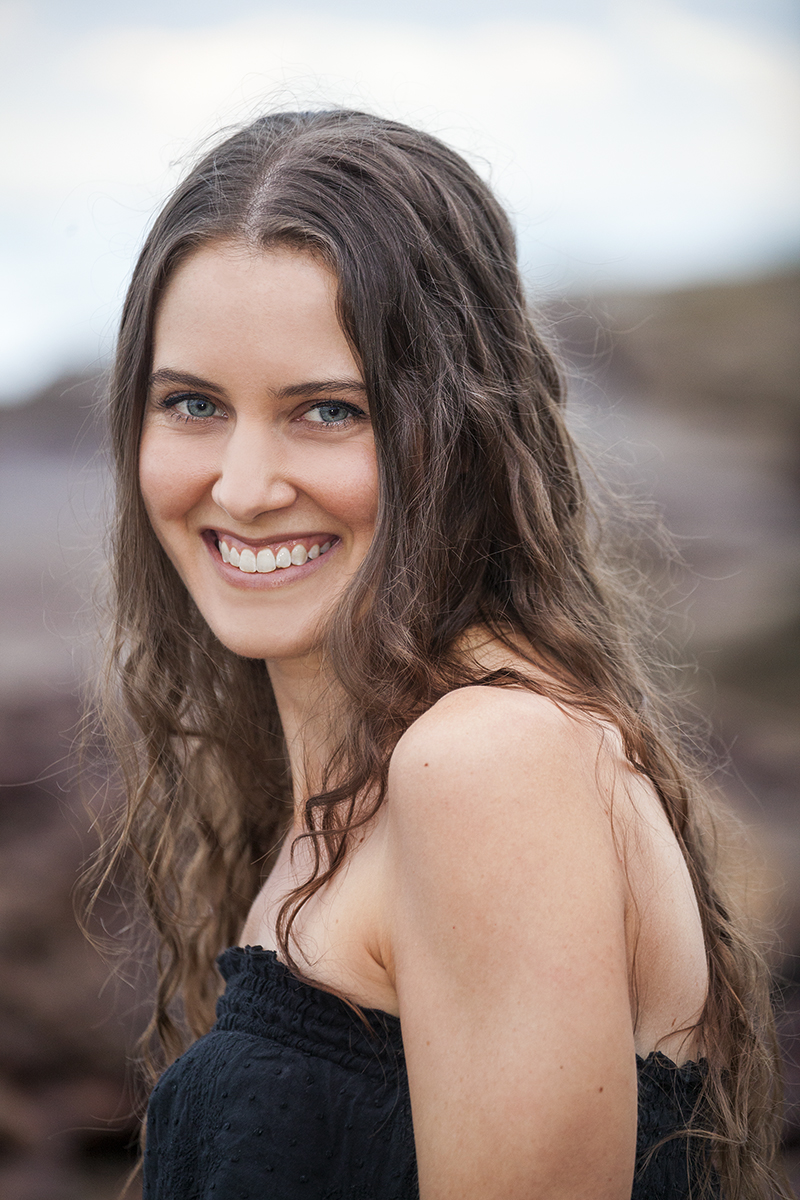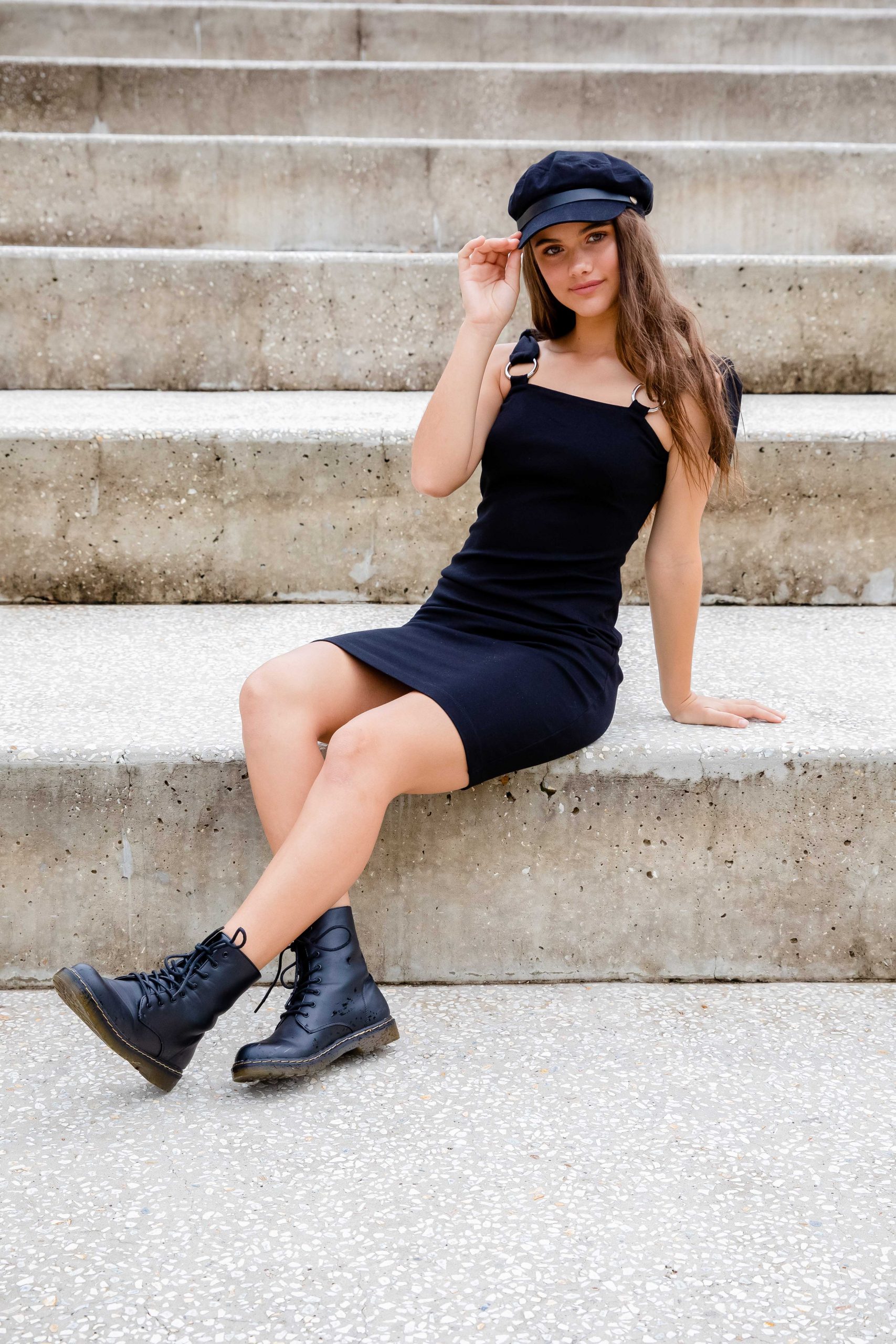The Beginner's Guide to Product Photography
If a image deserves a thousand words, a sensational product picture deserves a thousand web site visits. Although I do not have information to back up that declaration (yet), product photography can be very beneficial to your ecommerce web site method.
To reach your target audience members that like purchasing online, you also require to offer your target market clear, appealing pictures of your products.
But product photography isn't as simple as directing and firing. Also one of the most standard items require the proper equipment, lighting, as well as space to produce beautiful pictures that sell buyers right from the acquisition web page.
6 Product Photography Tips (and Instances) for Taking Photo That Market
Below are the pointers, instances, and also products you'll require to effectively photo and also market your items in a way that makes your visitors as well as leads want to transform.
1. Don't be afraid to use your mobile phone's cam.
This is the component where I'm meant to encourage you to buy a high-end, 50-megapixel (MP) cam with a 100-millimeter screw-on lens. Yet I'm not mosting likely to do that.
If you currently own a electronic camera that fits this description, take advantage of it. But for several types of items, it's entirely acceptable to fire product pictures on a smart device.
More recent smart devices boast effective camera lenses and also setups that enable you to maximize your shots for the different types of light and settings you might shoot in.
If you need a lot more convincing, just check out Apple's Shot On An iPhone project and the pictures that have arised from it over the years such as this:
2. Shoot from a tripod for photo consistency.
Before discussing tripods, I'm obliged to start with a principal rule: Do not prop your phone versus something durable to aim your lens towards the topic.
It's just also easy for this makeshift arrangement to slide about throughout the shoot and also cause inconsistencies in your pictures' appearance. If you rest your video camera on, state, a stack of books, just make sure this plan doesn't alter over the course of the shoot.
There's no injury in holding your video camera on your own when shooting just a few product photos for your ecommerce internet site. But as your company grows, as well as you take a lot more pictures of even more items, it can be tough to systematize the product's positioning in each photo when shooting portable.
To make certain consistency throughout your items, you'll require a tripod. And luckily, buying one isn't constantly the big, industrial-sized financial investment it utilized to be.
Right here are two kinds of tripods to take into consideration.
Traditional vs. Adaptable
This is a tradition tripod-- there are typical tripods available for both video cameras and also smart devices.
A adaptable tripod can be adjusted in a variety of methods. You can flex its legs and also position it on various surfaces to get the angle you need.

Mobile Grasp
There's commonly a screw on the top of your tripod which connects to your cam to hold it in place. The bottom of the majority of professional-grade video cameras has a screw hole just for this objective, yet smartphones can utilize the following adapter:
The adapter grasps the sides of your mobile phone and also can screw into either type of tripod, enabling you to operate the video camera regulates with the phone display dealing with outside as well as toward you.
As soon as you identify which mount you'll require, set it up in front of your product, as well as take into consideration placing three pieces of tape on the ground to mark where you 'd like to maintain each leg of your tripod over the course of the shoot.
3. Pick natural light or artificial light.
Never ever ignore exactly how particular types of light can boost (or hinder) your product photography. Bear in mind, purchasers obtain the very best consider an thing face to face, where they can see whatever they need to prior to acquiring. The appropriate illumination arrangement helps you reveal those vital decision-making product attributes when all internet site site visitors have to go on is a photo.
A single lighting setup could not help every product-- a lights setup that benefits some products might deteriorate the look of others.
There are 2 sorts of light you can select as your main light source: natural and also artificial light.
All-natural Light
All-natural light describes sunshine-- straightforward as that. It's additionally called "soft light" since the sun casts a larger, softer series of light than, say, a lamp shining straight on the product. Ecommerce product shots prosper in all-natural light if:
The product is shot outside or indicated to be used outside.
The product is made use of by, worn on, or shot with a individual (people tend to look far better in natural light).

You're attempting to highlight the product's environments, rather than specific features of the product.
Here's an instance of a shot utilizing all-natural light:
Artificial Light
Man-made light consists of candle lights, fire, and much more generally, light bulbs. It's additionally referred to as " difficult light" since it generates a smaller yet a lot more concentrated light surface area. This sort of light caters to items with physical details that require to be highlighted to excite an on the internet customer.
As a general regulation, stick to simply one type of light per photo-- all-natural or man-made. Including all-natural light to an artificially lit photo can soften a product that's suggested to festinate, as well as including man-made light to a normally lit photo can hone a product that's suggested to look soft. You don't intend to enter your own means.
4. Fill up or jump your light to soften shadows.
Whether you utilize natural light or man-made light, you'll need to reduce the darkness that any possible tough light casts on the contrary end of a product.
There are 3 ways to do this:
Fill Light
Include an additional, less-intense light to supplement your main light. This extra light is called your fill light and also is made use of as a counterbalance to soften the natural darkness your primary light produces behind an things.
To do this, position your fill light opposite your primary light so your product sits in between both source of lights.
Flashbulb Bounce Card
A bounce card, or reflector card, is a little card that "reflects" or " jumps" the primary light back onto the surface under your product to minimize darkness.
Some bounce cards affix to the flashbulb of a expert cam lens to diffuse the light from the camera's flash. This card sprays a softer light onto the subject from above your collection-- rather than straight at it-- so you don't have long shadows trail behind the things you're firing.
Standalone Bounce Card

If you're firing from a smart device, a flashbulb bounce card isn't an alternative, because you don't have a physical flash you can affix it to. Rather, make your very own standalone bounce card https://sharedmoments.com.au/product-photography/ placed opposite your major light source.
For newbies to product photography, this bounce card can efficiently change your fill light, which counters the difficult light from the video camera flash or lamp that's encountering towards the front of your product.
5. Utilize a move or picture setting to emphasize the product.
There isn't one ideal means to position your product, lights, as well as jump cards-- they can alter considerably relying on your history. Yet do not select a background based on what's easiest to create. Histories need to appear like how you desire your purchasers to view your product when viewing it online.
Take into consideration first whether you would certainly such as a white history or a more dynamic, real-world history. There's an very easy method to attain every one.
White Background: Sweep
For white backgrounds, it's not as basic as setting up a table against white drywall. Even mobile phone cameras can grab little imperfections on a white wall surface that you would not observe with the nude eye. To record a excellent white history with no edges or acnes, use a sweep.
A move is a huge bendable sheet of paper, whose lower serve as the surface area under your product and afterwards curves up right into a white wall behind the product.
On cam, the sweep's contour is unnoticeable, stressing essential product details and permitting the item to own every one of a internet site visitor's interest.
Real-World Background: Picture Mode
Dynamic, real-world backgrounds are really appealing when shooting items that have a certain usage or are being designed by a individual-- as you saw aware of the brief-case earlier in this overview.
Yet, it's easy for a real-world background to steal the focus of the photo, making it unclear which product in the photo you're in fact marketing.
Provide your product depth and emphasis with portrait mode, a picture setup on the majority of expert cameras, as well as additionally readily available on many new mobile phones. This setting obscures the history so the context of the product is clear yet not contending against the product itself.
Below is a extremely incredible photo of a HubSpot pen taken in portrait setting on a Google Pixel 2 (I took this picture myself). You can tell the pen remains on a desk with a computer behind it, however the pen is still the focal point for visitors:
6. Shoot a range of images.
My last ecommerce photography idea to you is to not quit at one photo per product. Equally as your consumers look, hold, use, and even try on merchandise in a store, your web site needs to shoot a selection of photos to imitate this very experience.
If you're shooting clothes, as an example, capture the garment of garments alone-- that is, expanded on a white surface-- along with on a mannequin whose shade contrasts the shade of the product.
Then, for extra images, have the clothes modeled on a person, permitting you to take pictures of the product from the person's different postures as well as angles.
Product Photography Set-Up
Next off, allow's summarize what we just received-- here's a listing of quick product photography set up suggestions that you can refer to and also share on your team:
• Select a electronic camera-- whether that suggests utilizing your smartphone.
• Get a tripod that works for your cam of option.
• Pick all-natural or man-made lights-- think of which alternative is best for your product and also setting.
• Determine whether you'll load or jump light.
• Select sweep or picture setting.
• Take numerous different pictures to provide your viewers range.
Begin With Your Product Photography
Don't feel required to purchase every idea and piece of equipment at the same time. Apply these product photography tips slowly to see what makes your store look one of the most presentable, and alter your technique as your photography chops get better.